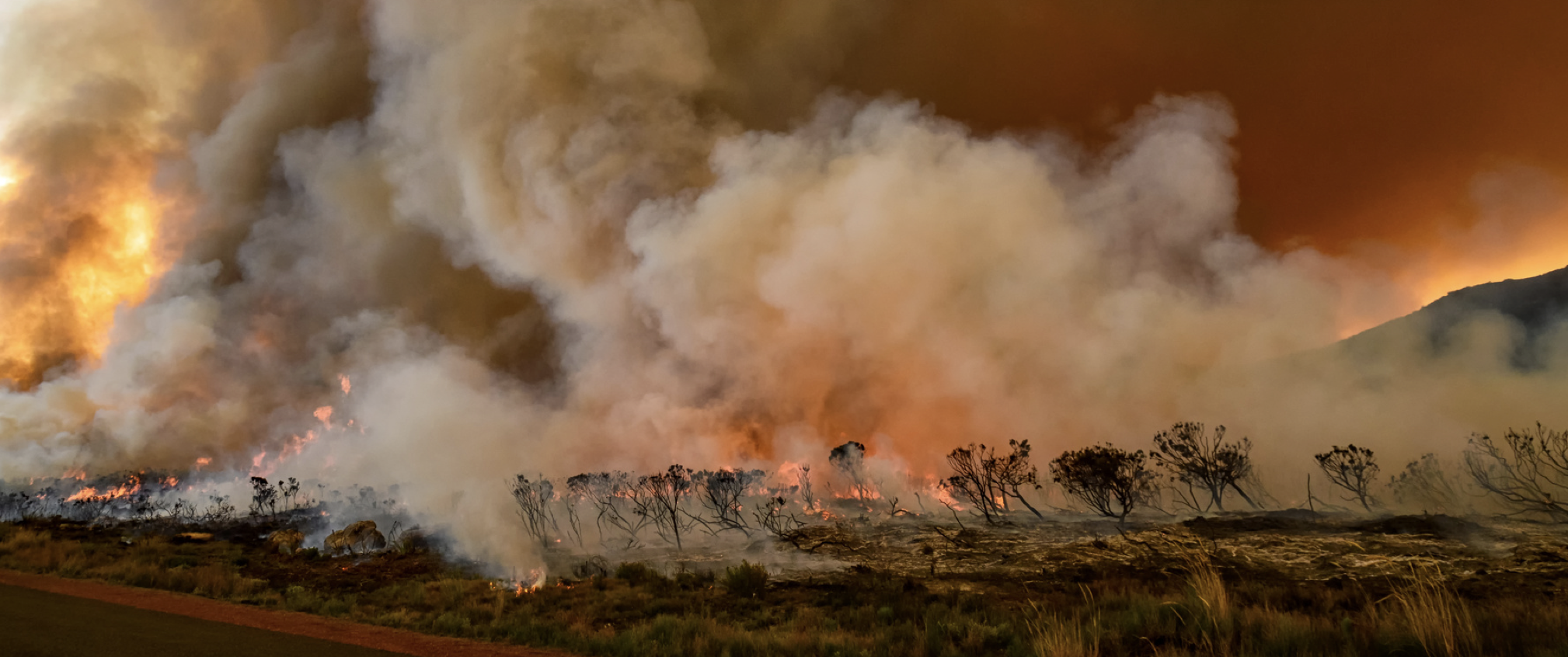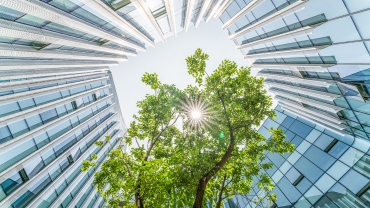Air pollution is one of the critical environmental problems in the world, causing the premature death of 7 million people. In addition, exposure to outdoor and indoor pollutants causes various health problems (WHO, 2021). Unfortunately, exposure to air pollution has reached a severe level today, occurring in many areas of our daily life. Pollutants in the work areas where we spend most of our day question our safety in occupational health. Some occupational groups are more exposed to this exposure.
Cement & Mining Industry

Undoubtedly, among these occupational groups, occupational groups are working in the cement and mining sectors, which have a high contribution to air pollution. Coal mining is a dangerous occupation with increased risks for accidents and occupational diseases, especially respiratory diseases, compared to other types of work. Occupational disease risks are not limited to underground miners but include opencast mine workers. Surface miners are exposed to respirable dust and silica and are at risk for coal workers’ pneumoconiosis (Hendryx, et al., 2020). It is estimated that workers here are more likely to get occupational diseases than in other sectors due to air pollution from lime and cement factories (Abu-Allaban & Hani, 2011).
Construction
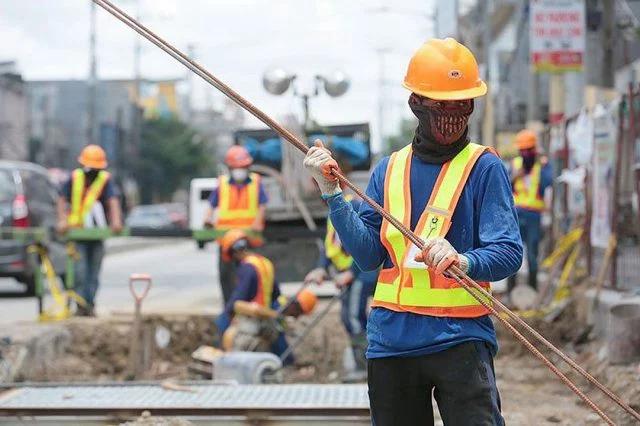
Construction areas where dust is most common are one of the areas with the highest health risk. The most severe stage of construction pollution, the excavation construction stage, emits large amounts of dust into the environment and causes severe health hazards for construction workers. The earthwork construction phase includes excavation, transportation, and backfilling, mainly using large construction machinery (Luo, et al., 2021). In this process, a large amount of dust is released into the environment, which seriously affects the occupational health of construction workers.
Subway Construction Industry
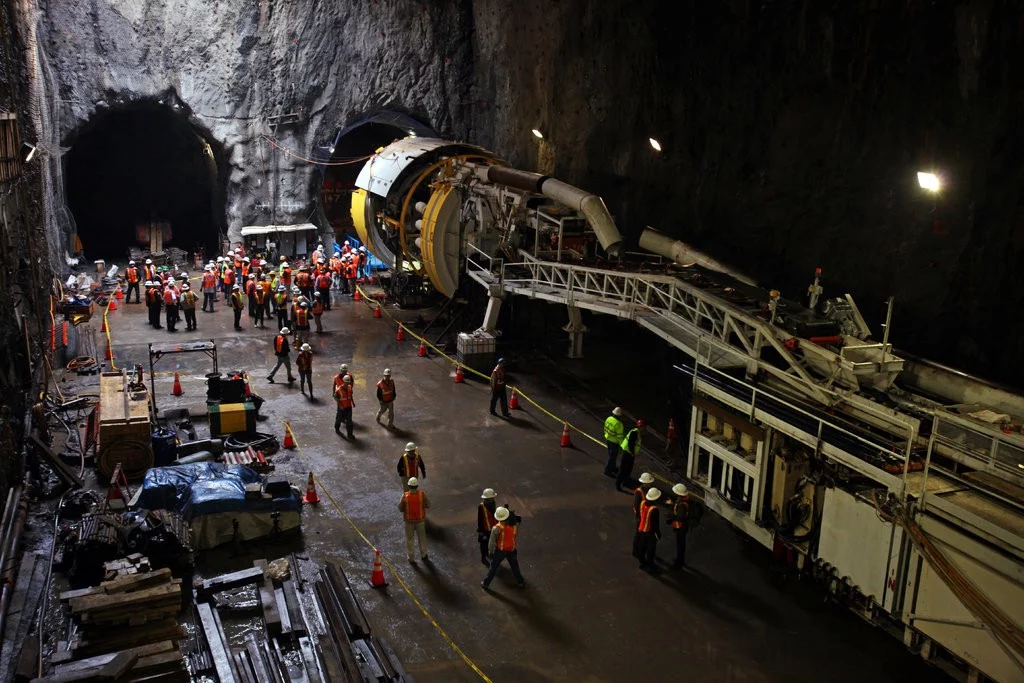
Expansion of metro lines as a public transport option could significantly help alleviate traffic congestion and air pollution. However, besides the numerous positive effects of subway development, workers involved in construction projects are exposed to various occupational risks. Although the spread of new technologies in the subway construction industry has dramatically reduced noise pollution and vibration, air pollution is one of the essential occupational risk factors in subway construction projects due to various emission sources and a closed working environment. According to a study conducted at a metro construction site in Tehran, Iran, occupational groups’ attributable mortality rates due to PM2.5 exposure were ten times higher than the general human values (Saeedi, et al., 2021).

Airport Workers
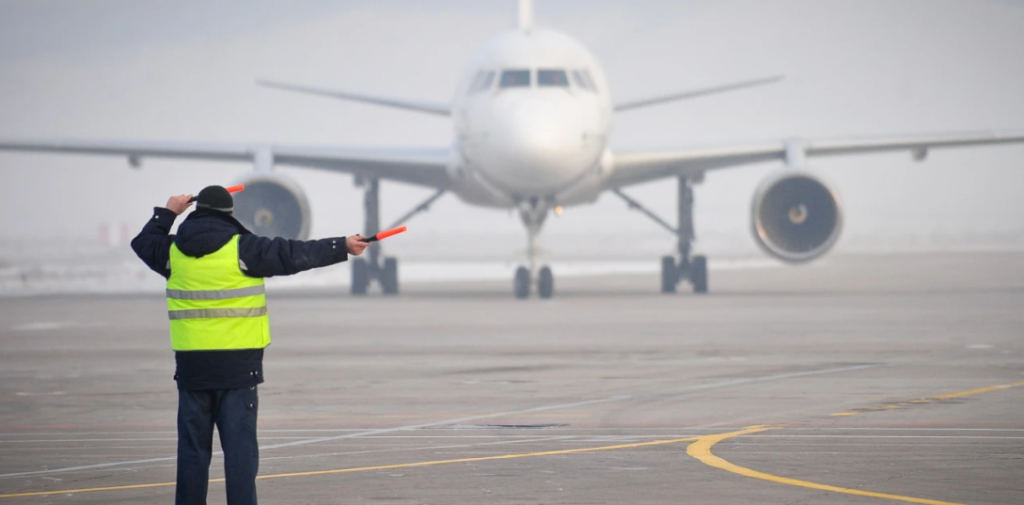
Apron workers represent airports’ ground personnel and are required to perform tasks such as refueling, parking aircraft, or carrying luggage. Their working environment exposes them to a mixture of air pollutants potentially harmful to human health. In addition to particulate matter, apron workers are exposed to vehicles, aircraft exhaust, or other pollutants directly associated with fuel emissions. This group has high exposure to ultrafine particles (UFP). UFP may contribute to the development of cancer, heart disease, mental illness, and respiratory symptoms (Merzenich, et al., 2021).
Traffic Cops

One of the leading causes of air pollution is traffic. Exhaust gas emissions from gasoline and diesel engines are among the top sources of air pollution. Traffic cops work hours at congested intersections during rush hour to control traffic flow in the city center. This situation exposes traffic cops to an atmosphere full of toxic pollution from fuel combustion and traffic jams that they must manage, apart from chemicals such as motorcycle oil. Major air pollutants include particulate matter (PM10 and PM2.5), ozone (O3), nitrogen dioxide (NO2), carbon monoxide (CO), and sulfur dioxide (SO2) (Jamil, et al., 2021).
Hairdressing

Hairdressing staff is exposed daily to various chemical air pollutants, especially volatile organic compounds (VOCs) and particulate matter. Multiple studies have shown that hair products are an essential source of air pollutants in the workplace. Concentrations of VOCs and PM in hairdressing salons indicate violations of EPA and WHO international standards; this is more in all hair treatment activities but mostly during keratin treatment (Kaikiti, et al., 2022).
Office Workers

We can list many occupational groups with high exposure. Air pollution is not a class of environmental pollution. In addition to blue-collar workers, white-collar workers are more exposed to air pollution in office environments. Indoor air pollutants are among the top five environmental risks to public health, although the type and level of air pollutants are higher in the outdoor environment. Studies show that the concentration of indoor air pollutants is 2–5 times higher than the concentration of outdoor contaminants. Also, according to the United States Environmental Protection Agency, people’s exposure to indoor air pollutants can sometimes be 100 times higher than outdoor pollutant levels because the interior of a home accumulates and concentrates the contaminants emitted daily by finishes, furniture, and more (Pitarma, et al., 2017).
Protective masks and spray dust control systems are generally used to reduce dust exposure in work environments. However, these reduction methods are insufficient. To prevent pollution in the working areas, it is necessary to determine the source of the pollution first and to avoid the current exposure with an alarm system at high concentrations. With the developing technology, it is possible to reduce or even prevent exposure to air pollution in working environments. Today, cost-effective, portable air sensors stand out in air quality management, rapidly developing and evolving.
References
Abu-Allaban, M., & Hani, A.-Q. (2011). Impact assessment of ambient air quality by cement industry: A case study in Jordan. Aerosol and Air Quality Research, 11(7), s. 802–810.
Hendryx, M., Islam, M. S., Dong, G.-H., & Paul, G. (2020). Air Pollution Emissions 2008–2018 from Australian Coal Mining: Implications for Public and Occupational Health. International journal of environmental research and public health, 17(5), 1570.
Jamil, P. A., Karuppiah , K., Rasdi, I., How , V., Tamrin , S. B., Mani, K., . . . Hashim, N. (2021). Occupational hazard in Malaysian traffic police: special focus on air pollutants. Occupational hazard in Malaysian traffic police: special focus on air pollutants. Reviews on environmental health, 36(2), s. 167–176.
Kaikiti, C., Stylianou, M., & Agapiou, A. (2022). TD-GC/MS analysis of indoor air pollutants (VOCs, PM) in hair salons. Chemosphere, 294, 133691.
Luo, Q., Huang, L., Xue, X., Chen, Z., Zhou, F., Wei, L., & Hua, J. (2021). Occupational health risk assessment based on dust exposure during earthwork construction. Journal of Building Engineering, 44, 103186.
Merzenich, H., Riccetti, N., Hoffmann, B., Blettner, M., Forastiere, F., & Gianicolo, E. (2021). Air pollution and airport apron workers: A neglected occupational setting in epidemiological research. International journal of hygiene and environmental health, 231, 113649.
Pitarma, R., Marques, G., & Ferreira , B. R. (2017). Monitoring Indoor Air Quality for Enhanced Occupational Health. Journal of medical systems, 41(2), s. 1–8.
Saeedi, R., Jazani, R. K., Khaloo, S. S., Ardeh, S. A., Fouladi-Fard , R., & Nikukalam, H. (2021). Risk assessment of occupational and public exposures to airborne particulate matter arising from a subway construction site in Tehran, Iran. Air Quality, Atmosphere & Health, 14(6), s. 855–862.
World Health Organization. (2021). WHO Global Air Quality Guidelines.



